Neither the Android Emulator and system images nor Genymotion currently support OpenGL ES Version 3.0.
As I write this the latest (Rev. 1) ARM and x86 system images for Android 5.1.1 (API 22) report that they support OpenGL ES Version 2.0 and not 3.0.
Similarly, Genymotion's Nexus 5 Android 5.1.0 API 22 virtual device reports only OpenGL ES Version 2.0 support.
You can use the code below to check support under future system images and emulators:
package com.example.opengltest;
import android.app.Activity;
import android.app.ActivityManager;
import android.content.Context;
import android.content.pm.ConfigurationInfo;
import android.os.Bundle;
import android.util.Log;
import android.widget.Toast;
public class OpenGLESVersionActivity extends Activity {
private static final String TAG = "OpenGLESVersionActivity";
@Override
protected void onCreate(Bundle savedInstanceState) {
super.onCreate(savedInstanceState);
final ActivityManager activityManager =
(ActivityManager) getSystemService(Context.ACTIVITY_SERVICE);
final ConfigurationInfo configurationInfo =
activityManager.getDeviceConfigurationInfo();
String versionText = "Device Supported OpenGL ES Version = " + configurationInfo.getGlEsVersion();
Toast.makeText(this, versionText, Toast.LENGTH_LONG).show();
Log.d(TAG, versionText);
}
}
